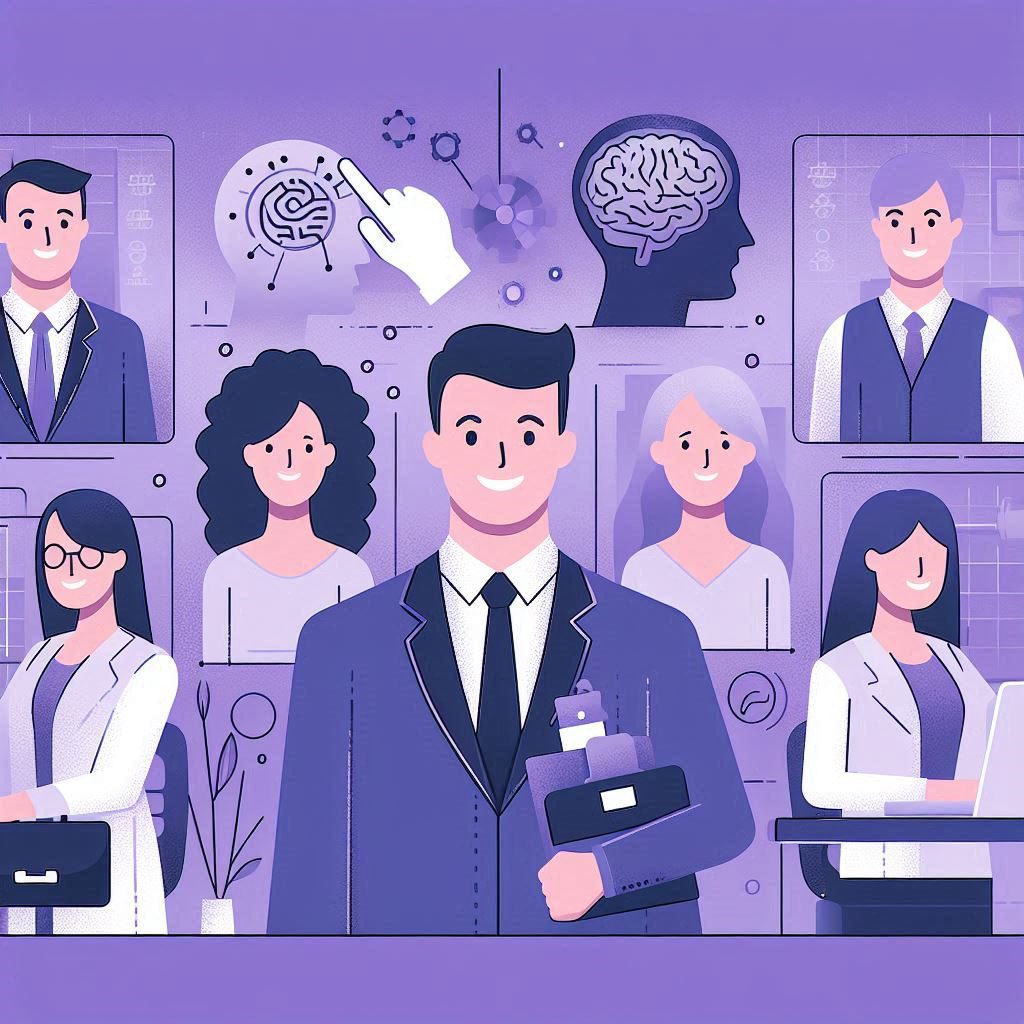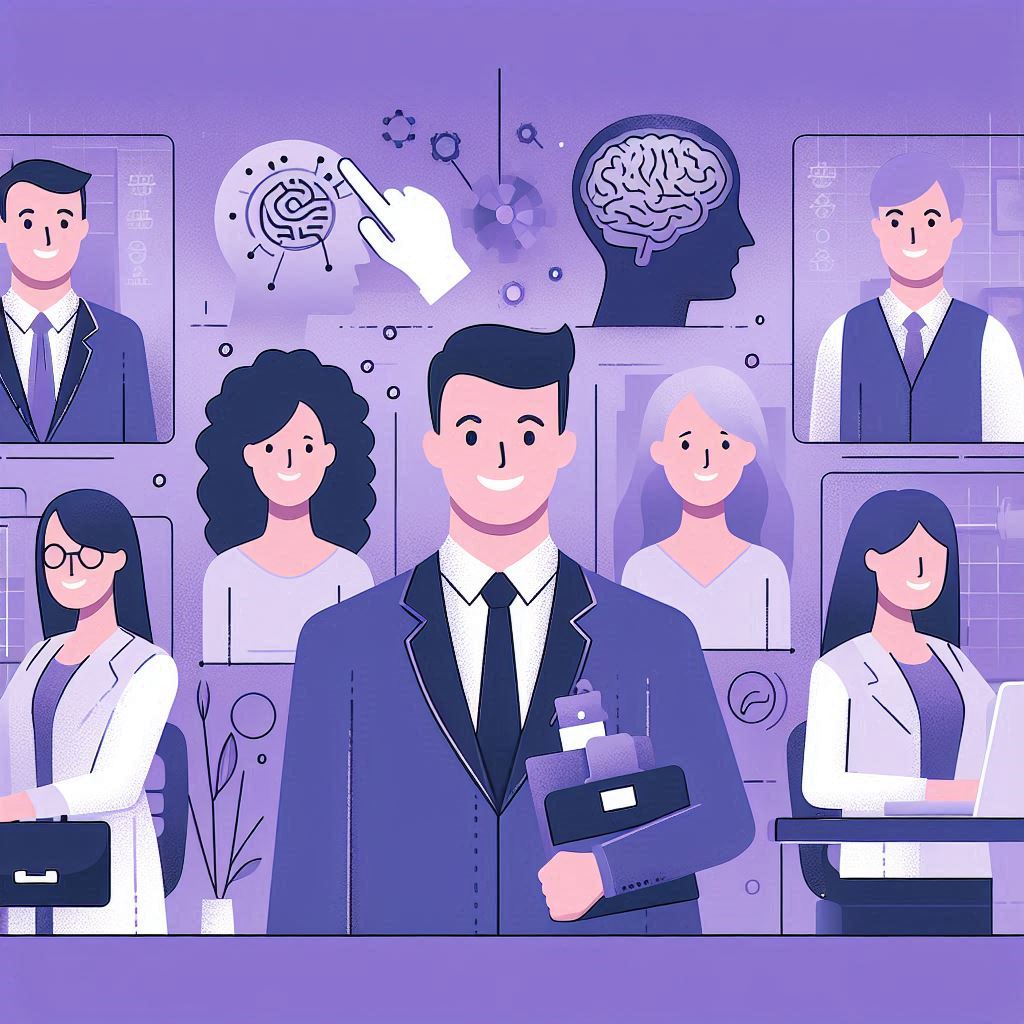Cognitive Diversity: The Neuroinclusion Edge

Among today’s workplace, embracing cognitive diversity through neuroinclusion is not just a moral imperative; it’s a strategic advantage. Neuroinclusion involves creating a workplace that values and supports individuals with diverse brain functions, such as those with autism, ADHD, dyslexia, and dyspraxia. This approach not only enhances employee well-being and productivity but also fosters innovation and creativity. According to Stephen Destefani, Neurodiversity Program executive at Wells Fargo, their goal is to create an environment where neurodiversity programs are no longer needed because accessible design benefits everyone
Why Neuroinclusion Matters
Neurodiverse individuals bring unique perspectives and talents that can drive innovation and success. As Temple Grandin, a renowned autism spokesperson, puts it, “Different, not less”. By embracing neurodiversity, companies can tap into a wealth of creative problem-solving capabilities and improve overall team performance. According to a report, 63% of businesses that have taken steps to create a neuroinclusive environment have seen a positive impact on employee wellbeing.
Designing Neuroinclusive Workplaces
Creating a neuroinclusive workplace involves adapting physical spaces, communication methods, and work processes. Here are some strategies:
Flexible Workspaces: Offer a variety of workspaces, including collaborative areas, quiet rooms, and relaxation spaces, to cater to different needs and preferences.
Sensory Comfort: Adjust lighting and noise levels to accommodate sensory sensitivities. Provide noise-cancelling headphones or create quiet zones.
Inclusive Communication: Train managers to recognize and support neurodiversity, encouraging open dialogue about differences.
Leadership and Organizational Roles
Leaders play a crucial role in fostering a neuroinclusive culture. As Marco Bizzarri notes, “Diversity and inclusion, which are the real grounds for creativity, must remain at the center of what we do”. By valuing neurodiversity, organizations can attract and retain top talent and enhance their competitive edge.
Conclusion
Neuroinclusion is not just about accommodating differences; it’s about leveraging them to drive innovation and success. As Kerry Magro emphasizes, “Autism is not a tragedy. Ignorance is the tragedy”. By embracing neurodiversity, we can create workplaces where everyone thrives, regardless of their cognitive profile
References
https://www.forbes.com/sites/juliekratz/2024/06/05/5-neuro-inclusion-best-practices-to-lead-like-an-ally/
https://www.shrm.org/topics-tools/news/inclusion-diversity/hr-getting-it-wrong-neurodivergent-workers









